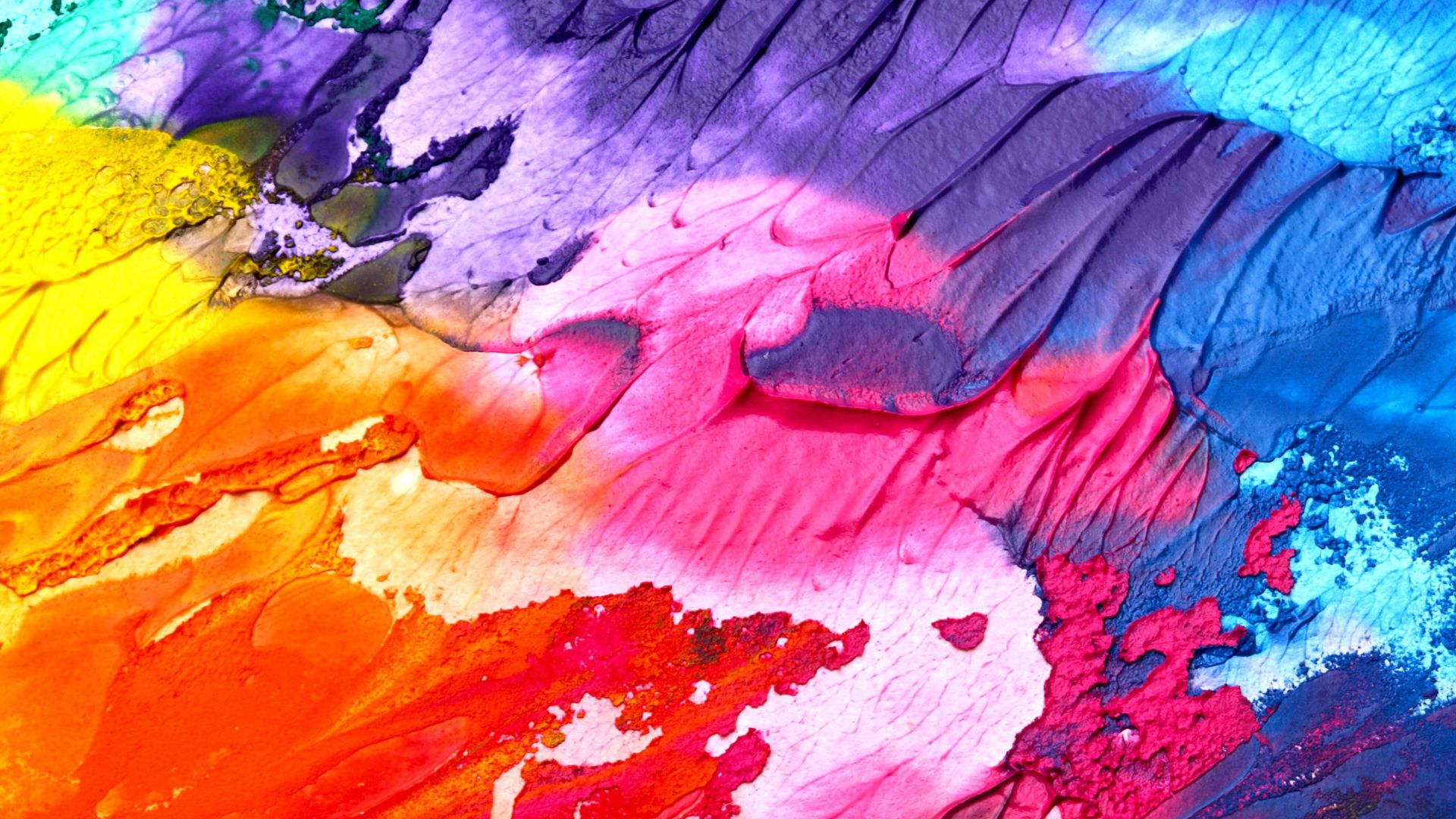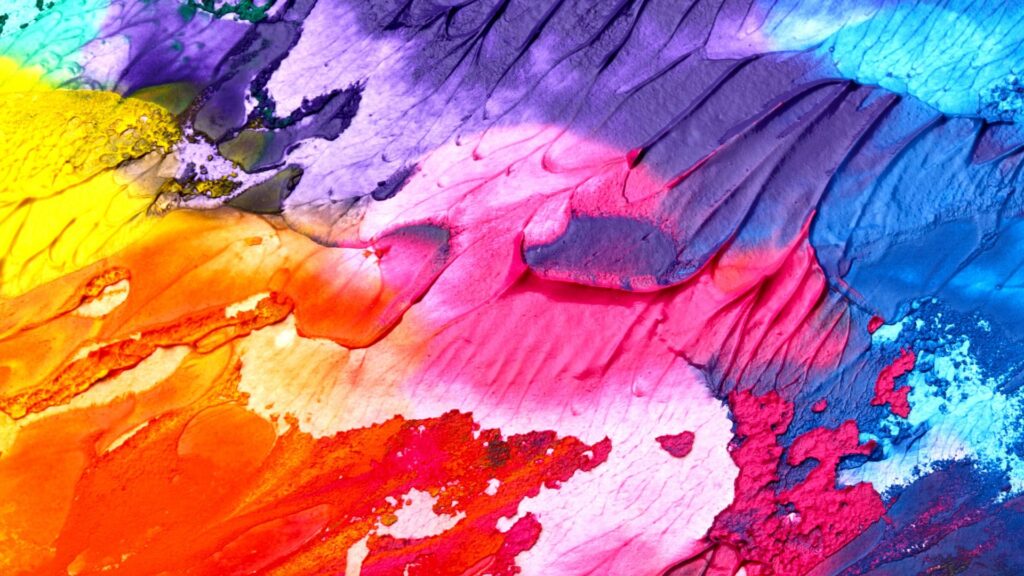
How to prevent common mistakes in acrylic and oil painting
Painting, whether with acrylics or oils, is an exciting and fulfilling creative endeavour. However, like any art form, it comes with its fair share of challenges, especially for beginners. Whether you’re just starting or you’ve been painting for a while, it’s easy to make mistakes, but it’s important to remember that these mistakes are part of the learning process. Every artist, no matter their skill level, faces challenges along the way. The key is to recognise and learn from these common mistakes to improve and grow your skills.
In this article, we’ll explore common issues in both acrylic and oil painting and offer some practical solutions to help you overcome them. We’ll also discuss general painting pitfalls and ways to avoid them so you can create your best work:
- Unique characteristics: Acrylics and oil paints
- Acrylic painting mistakes
- Oil painting mistakes
- General painting mistakes
- Don’t be afraid to make mistakes

Unique characteristics: Acrylics and oil paints
Both acrylic and oil paints have unique characteristics that can sometimes lead to confusion or frustration, especially for beginners. Whether it’s the fast-drying nature of acrylics or the slow-drying and complex layers of oil paints, the techniques for achieving perfect results can be tricky to master.
Fortunately, understanding the common mistakes artists make and knowing how to fix them can help you move forward more confidently. By recognising where things often go wrong, you can avoid these pitfalls, improve your technique, and ultimately create more professional-looking artwork.
Acrylic painting mistakes
Acrylics are a fantastic medium for beginners due to their quick drying time and versatility, but they come with their own set of challenges.
Uneven coverage
One common problem with acrylics is uneven coverage. Acrylic paint can dry very quickly, which sometimes leads to patchy, streaky results if the paint isn’t applied evenly. This can happen especially when trying to cover large areas with a thin layer.
To avoid this, use a high-quality acrylic paint with a smooth consistency. Apply the paint in thin layers and build up gradually, rather than trying to cover a large area all at once. You can also use a blending medium to extend the drying time, which gives you more control over the paint and helps to avoid streaking.
Muddy colours
Acrylic paints can sometimes become muddy when colours are mixed too much, especially when working with vibrant hues. This happens when complementary colours are mixed, resulting in dull or brownish tones that don’t bring out the vibrancy you’re looking for.
The key to avoiding muddy colours is to plan your colour palette in advance and use the proper mixing ratios. Be mindful of the colours you’re combining and try to limit the number of colours mixed on your palette. Also, try to work with colours that sit well together, and use a clean brush when changing colours to avoid contamination.
Improper brush cleaning
Because acrylic paint dries quickly, it can be a nightmare to clean brushes if you don’t do it right away. If acrylic paint hardens in the bristles, it can ruin your brush and make future work more difficult.
Always clean your brushes immediately after using them with warm water and soap or a dedicated brush cleaner. If you’re taking a break and plan to continue painting shortly, you can wrap your brush in a damp cloth to keep the paint from drying in the bristles.

Oil painting mistakes
Oil painting is a beautiful and time-honoured medium, but it requires patience and careful technique. Here are a few common mistakes that many artists make when working with oils.
Overblending
Overblending is a common mistake in oil painting, especially for beginners who are trying to achieve smooth transitions in their work. Overworking areas of the painting can result in a muddy look, where the paint loses its vibrancy, and the colours blend into one another in an undesirable way.
While blending is important, it’s crucial to know when to stop. Use a light touch when blending, and remember that some areas of the painting, such as shadows or highlights, should retain their own distinct colour. Use a soft brush and avoid overworking the paint. Allow areas to dry between layers to help maintain clear boundaries between colours.
Incorrect use of solvents
Oil painting typically requires the use of solvents like turpentine or mineral spirits to thin the paint and clean brushes. However, improper use or excessive amounts of these solvents can lead to problems like overly thin paint or even toxic fumes.
Always use solvents in a well-ventilated area and be mindful of the amount you’re using. When mixing solvents with paint, start with small amounts to avoid making the paint too thin. Always use high-quality, artist-grade solvents to ensure safe, effective use. Additionally, consider using safer, non-toxic alternatives like odourless mineral spirits or eco-friendly solvents.
Delayed drying times
One of the challenges of oil painting is the long drying time. While this is an advantage for blending, it can also be frustrating for beginners, especially when you want to speed up the process or work on multiple layers.
To speed up the drying process, consider using drying mediums, such as Liquin or other quick-drying oils. However, it’s important not to rush the natural drying process too much, as it can affect the overall finish and texture of the painting.
General painting mistakes
Regardless of the medium you’re using, there are several general painting mistakes that artists often encounter. Here are a few tips on how to avoid them.
Neglecting to plan the composition
A common mistake many beginners make is diving into painting without a clear plan or understanding of composition. This can lead to unbalanced or awkwardly placed elements in the painting.
Spend time sketching and planning your composition before you start painting. Think about the placement of your elements, the focal points, and the flow of the painting. Consider using the rule of thirds or other compositional techniques to create a balanced, engaging painting.
Skipping layers
Both acrylic and oil painting benefit from layering, whether you’re building up texture or refining details. Skipping layers or rushing through this process can result in a flat, unfinished painting.
Take your time with each layer, allowing it to dry properly before adding the next. This approach will give you more control and allow you to adjust colours and values as you go. Layering also helps to create depth and richness in your painting.
Overworking the painting
Another common pitfall is overworking the painting, which can lead to loss of detail, texture, and freshness in the work.
Know when to stop. Step back frequently to assess your progress and avoid overdoing it. Trust in the process and resist the urge to fix every small detail.
Don’t be afraid to make mistakes
Mistakes are a natural part of the learning process in painting, whether you’re using acrylics or oils. The important thing is to recognise common issues, understand how to fix them, and continue experimenting. By learning from your mistakes, you’ll not only avoid repeating them but also improve your skills and develop your own style.
Let’s recap what we’ve learned today:
- Common issues include uneven coverage, muddy colours, and improper brush cleaning. Solutions involve using thin layers, proper colour mixing, and cleaning brushes immediately after use.
- Overblending, incorrect use of solvents, and delayed drying times are typical errors. Avoid overworking areas, use solvents carefully, and consider drying mediums to speed up the process.
- Beginners often neglect composition planning, skip layering, or overwork their painting. Take time to plan your composition, build up layers gradually, and know when to stop to avoid losing freshness.
- Mistakes are part of the process, and understanding how to fix them can improve technique and build confidence over time.
- Embrace mistakes as a learning opportunity and continue practicing and experimenting to refine your skills and develop your unique style
So, embrace the process, keep practising, and remember that each mistake is just another step on the path to becoming a better artist. Happy painting!